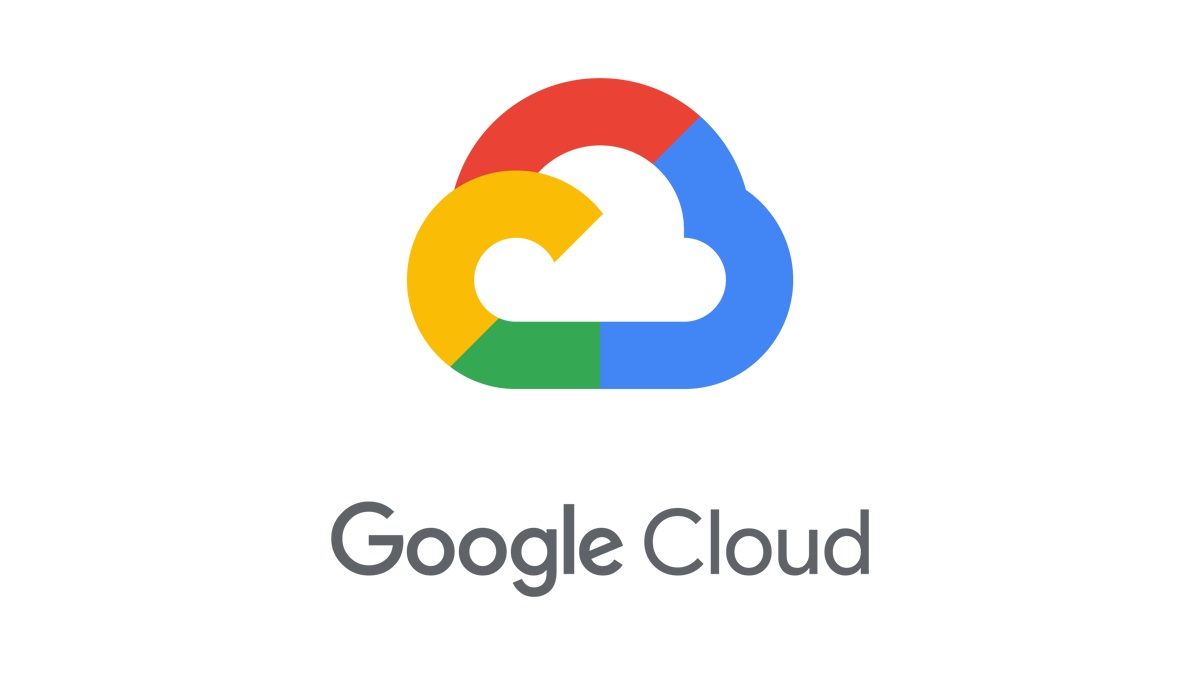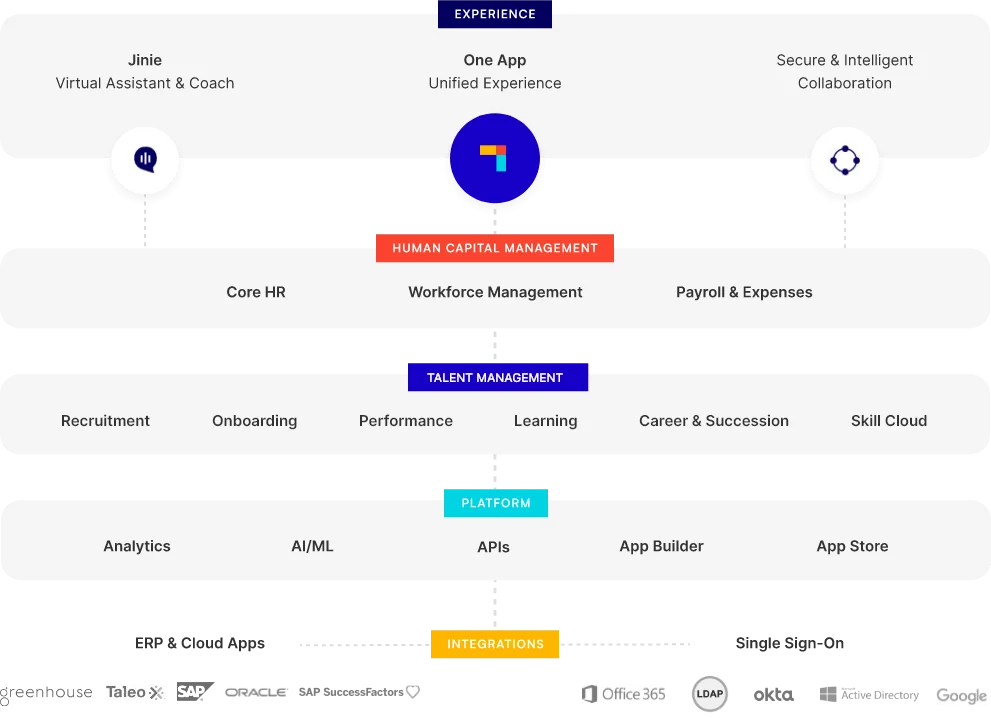The pandemic brought forth a high employee-focus across levels. The work-life design was shaken-up, and areas like Health & Wellness, Agile Working, Continuous Learning, and Communication & Engagement took on new meaning. The new normal demanded a remote way of working with flexibility, but how much was feasible and desirable?
“Airports moved from a high-touch to a zero-touch functioning, so, how to enable that?”, – Anjali Chatterjee of AirAsia.
“HR had to figure out the impact on employees and how to quickly help people adapt; not only giving them options but also helping them to use those options. Because many people were not ready to accept the change altogether”, – Sonam, Cars24
In a recent webcast by People Matters and PeopleStrong, The HR Agenda 2021: Strategies to prepare for the future, moderated by Mrigank Tripathi, Chief Growth Officer – India & MEA, PeopleStrong along with the panelists Sonam Lama, Senior General Manager – HR, Cars24 and Anjali Chatterjee, CHRO, Air Asia India, came together to reflect on the new priorities for HR in the year 2021.
2020 was all about aligning to a different way of working.
Above all, employers had to build trust amidst uncertainty. With rampant layoffs and remote-working, it became important to reach out and communicate with every employee on a daily basis, through CEO engagement, HR engagement, Manager engagement, and Peer-to-peer engagement. Even as WorkFromHome continues today, questions related to “coming back to work” are arising as businesses are opening up. The pandemic is not over yet; getting the retail workforce physically back to retail outlets without a 100% safety-guarantee- would be the biggest win in the near future.
Learnings for the Future:
HR had to reinvent the wheel with respect to run-of-the-mill processes:
Health and Wellness: For physical wellness, health check-ups, walkathon contests, Covid tests, and educational sessions were happening at Air Asia. Peer-to-peer counseling proved a breakthrough in mental wellness. 20-25 employees were trained in counseling basics such as listening and empathy, and AI-chatbot insights helped allocate peer-counselors. People could share and converse, while those who needed intense sessions were referred to formal counselors. Similarly, Carz24 saw their utilization of Santulan-counselling increase post-Covid, as awareness campaigns emphasized self-help. Due to WFH, Cars24 provided support such as screen-guards, laptop stands, dietician services, walkathons, etc. Connecting offline groups through online channels got people involved.
Upskilling:
The face of L&D changed to online training. For a young organization like AirAsia, technology helped upskill the diverse employee demographic. During the pandemic, 5-6 hours of learning agendas were designed on professional and personal initiatives like online yoga. People grappled with questions like “How to reach out to customers?”. For this, role-competencies related to current roles and next roles were communicated to ground staff. HR asked people, “How do you want to develop and grow?” The idea was to create a pull, to internalize and develop skills, not just “learn”. Mere learning does not help an organization, skill-building happens through learning- practicing-discussions. So Peer-to-peer learning was introduced, wherein every department created certified trainers. Employees shared the actual problems on the ground, tightening the learning process from within and breaking the belief that HR is an “outside consultant”.
Sonam believes that upskilling is not just about creating content and putting it online, but about understanding how receptive people are to it. “We have been customizing L&D depending on the skills-forecast for next year, for each vertical. HR professionals need to learn to use data and help businesses with data-backed analysis” she says.
Employee Engagement:
Air Asia created virtual people-clusters and cluster-managers to ensure that every employee was spoken to every day. This tracking created a sense of belonging and belief that everything was fine. At Cars24, virtual zoom-calls enabled watercooler conversations, connecting reportees and managers, but also breaking invisible silos across functions.
A key concern with WFH was always-on working. AirAsia tackled this by encouraging people to calendarize their workdays, designating a lunchtime, and having video-off meetings to reduce screen-time. “Friday Fun @ 5 o’clock” was a team bonding that got people closer! As things are opening up, Cars24 is even considering a team-outbound where people could work and get together.
Performance Management & Recognition:
Remote-working brought an outcome-based mindset shift. People Managers started questioning, “I am not going to meet my team, so how do I evaluate performance?”. AirAsia kickstarted “Everyday Action Review Meetings” with organic discussions around feelings, work challenges which continue till date due to the strong people-pull. The tech-led, continuous performance management process includes recognition and peer-to-peer learning. For Cars24 frontline staff, PMS has always been outcome-based because of the numeric input and outcome metrics i.e. ‘number of cars checked’, versus ‘number of cars sold”. Becoming more data-oriented i.e. tracking metric movements such as engagement, R&R has helped get the ticker moving for objectivity. Efforts to value one’s people created a sense of belonging. For example, Cars24 upheld meritocracy and doled out performance-appraisals to true performers even in the midst of the pandemic. Building trust was the biggest win & agenda.
The question for 2021 prevails, “What will the world look like?”
The HR of the Future must focus on the building blocks that help navigate dynamism. Agility is the need of the hour, but as Sonam from Cars24 quotes, “as much as you demand agility, at the same time, employees’ working-hours increase, leading to employee burnout.” The most important aspect is how to plan the agility while ensuring hustle in the team and preventing burnout. Covid-19 has changed outlooks- retail employees are now looking to spend more personal/family time. Employee preferences have gained so much importance that employers won’t be able to migrate talent if employees keep burning out. At the same time, quickly changing models are a reality. A case in point- AirAsia transitioned the entire payroll in 6 weeks. In the near future, AirAsia may plan for a flexible-work-model rather than a work-from-home model. Balance is the key, while simplicity and agile communication will continue to sustain the business. “There will always be something coming up as the world goes ahead, agility is here to stay”, as Anjali quips.
To know more about how you can build critical skills and competencies, and re-shape HR function, and force a re-alignment with the business for changed agenda & strategies, download the e-book KPI driven HR Leaders’ toolkit for 2021.
This article was published in People Matters
In a recent webcast by People Matters and PeopleStrong, The HR Agenda 2021: Strategies to prepare for the future, moderated by Mrigank Tripathi, Chief Growth Officer – India & MEA, PeopleStrong along with the panelists Sonam Lama, Senior General Manager – HR, Cars24 and Anjali Chatterjee, CHRO, Air Asia India, came together to reflect on the new priorities for HR in the year 2021.













